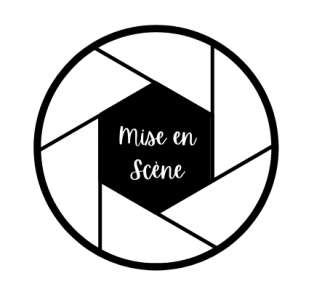Blending scares and cerebrality, Jennifer Kent’s directorial debut The Babadook (2014) comprises a rare example of mainstream art horror. Overseas success warranted showings in chain cinemas as well as small art houses in Australia, and the film currently holds an approval rating of 98% on Rotten Tomatoes.
When her young son becomes suddenly debilitatingly afraid of the titular monster, widow Amelia must spend her days confiscating his weapons and her nights allaying his fears. The protagonists struggle with existing issues whilst battling the ominous Babadook; throughout the film the true symbolism of the monster emerges as Amelia’s grief, prompted by the tragic death of her husband. Other themes the film explores include motherhood, love, loyalty, and responsibility.
Spoiler warning: the frame below occurs towards the end of the film, so read on only if you have seen The Babadook.

By this point in time, Samuel has rescued his mother from her dark thoughts and succeeded in returning her to reality. As the viewer can deduce in this scene, Amelia now incarcerates the Bababook (AKA her grief and resultant depression) in the cellar. Here she enters the room to satiate the monster with earthworms.
In this as in every frame, positioning is incredibly significant. Although the Babadook is initially Samuel’s burden, in the second half of the film we watch Amelia deteriorate to the point where her son must save her from fear and paranoia. She is the one primarily tormented by the monster, and her positioning in the middle of the frame conveys her centrality to the haunting. However, this is not merely thematic; the size of the frame itself manipulates the emotions and mindset of the audience. The medium shot limits the viewer’s field of vision, but allows for a glimpse of the darkness surrounding Amelia. This builds tension through the suspicion that the Babadook might emerge from the shadows at any moment, as monsters tend to do.
The function of light in this frame is also deeply symbolic, prompting a philosophical contemplation of good and evil as often equated in fiction with light and darkness. The fact that Amelia is illuminated on one side evokes her duality and reminds the audience of her struggle with the internal conflict between love for her son and grief for the loss of her husband. But while light implies uncertainty, colour is decisive. In contrast to the black clothes in which Amelia frequently dresses, her pale skirt and cardigan connote innocence and optimism. The pink is potentially the most meaningful, perhaps hinting at a renewed love for her child after his bravery in the face of recent horrors
The camera angle in this frame has much the same effect as the type of shot: it generates tension. Because the viewer cannot see her face, we do not know how Amelia is feeling or whether she is reacting to something out of shot. After all, it is dark in the cellar and Kent deprives the audience of facial cues to warn of an impending scare. Nevertheless, the smooth movement of the camera during the scene so far generates a calm mood and assures us that there will be no jump-scare.
Although the Babadook remains a problem by the resolution of the film, the formal elements at work in this frame reveal that the Vanek family has it under control. The limited visibility amplifies audience anxiety whilst the light and Amelia’s cheerful colours promise a happy ending. The Babadook is a horror film but its message is human and hopeful: grief need not overtake lives and destroy families. It can strengthen bonds instead.


